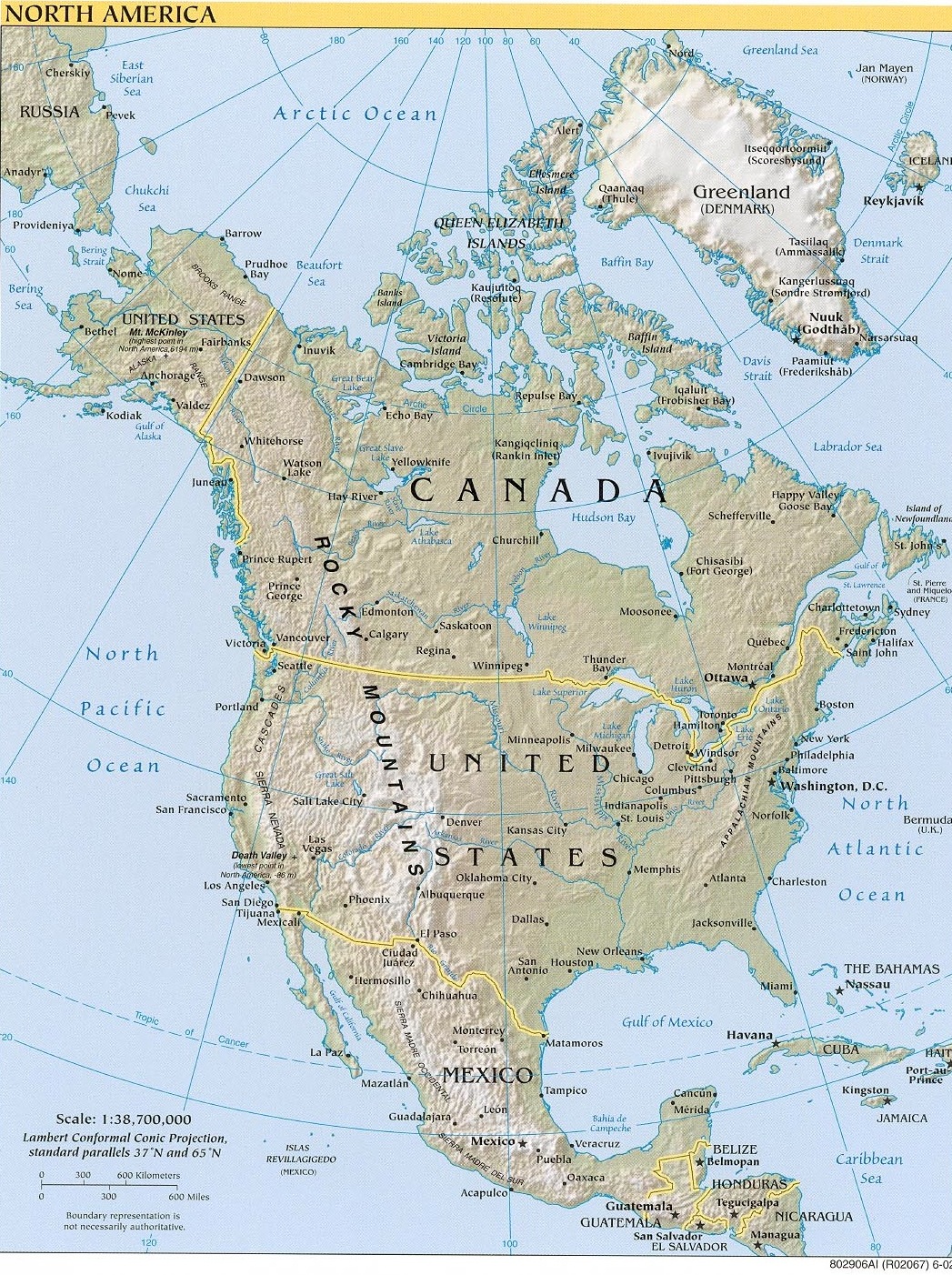I. What is learning in the digital age?
August 30 |
Pursell, additional E-readings from course e-mail. "The American Character" |
Wiki or electronic journal entries for your reactions to & questions from readings |
Journal entry electronically submitted on Wiki |
Class Method
Write for five minutes without stopping:
What six skills did New Englander's most advertise for in seeking new European Immigrants to America?
Prompt
What does Pursell attribute the ideal of progress to as a value brought over by or instilled in America's early European settlers?
Internet
Carroll Pursell, The Machine In America: The Tools Brought Over
- pdf file sent to you.
- available on Blackboard™.
- Post a rsponse to on class Wiki
Backgrounds
By nature, North America is huge, diverse beyond simplification, filled with extensive forests, prairies, mountain ranges and shorelines. The geography is one basis of understanding environmental history.
Does Pursell suggest there is background information to keep in mind such as four characteristics and then three or more exceptions to those characteristcs in pre-industrial (1800), colonial English and Spanish America?
The Machine in America is a focus reading
"The Tools They Brought Over"
Concepts to look for:
The Native American Presences & skills
Nationalities of Native and Immigrant peoples
European frontier
"faith in progress"
wood and water as primary resources
Four distinctive characteristics of 16th & 17th Century Euro-American technology.
"heaviest imprint on the landscape."
p. 11
Some notes on the key ideas in the Pursell reading,
The origin in religion of American values of faith in applied science & progress
Introduction,
p. 2.
Societies did not respect work, as suchChristian monasticism was the origin of technology and labor saving devices sanctioned by Christian principles -- that is to say: The Gospel of Works.
9th Century, Plan of St. Gall.
In the year 983 CE mills to treat woolen cloth in monasteries
5624 water mills in the 1066 Domesday Book
1185- 1800s the dominance of windmills for power in Europe
Transit of Technology
Chapter 1
The Tools They Brought Over
- handcraft traditions
- basically wood was the material used
- individually made "lock, stock & barrel"
- the difficult experiences of craftspeople is what drove innovation
Different European sources
Dutch left out of his list Swedes, Danes, etc11) "heaviest imprint on the landscape." "often driven by wind"
Indians -- Native Americans did practice agriculture
Spain 1609 - 1781 in Southwest & California1620s New England was Pre-Industrial & Agricultural revolutions
p. 11.
"Some tools were brought with them"
except – American versus British ax!
pp. 14-15.
I, What six skills did New Englander's most advertise for in seeking new European Immigrants to America?2, What did the Narragansett Sachem Miantonomo say about the consequences of English colonial agrarian settlements?
- Deer & Turkeys were being scattered away
- Coves were full of fish and fowl
- hogs spoil the clam banks
p. 14
"Indian corn" maize"taking the fertility of the new land for granted"
p. 15.
The liming, manuring, and fertilizing of fields "steps to rebuild the fields"
Towns, tidewater or ethnic farmers -- Germans, Quakers and planters such as Robert Carter, Mason, Washington, & Jefferson
p.16.
Coopers -- why were they crucial skill / trade?
p. 17.
Wood, water, tides and wind were fundamental elements in colonial life3, What did the town of Scituate in Plymouth colony offer for someone to build a gristmill?
Domestic crafts
- Scandinavian "log cabin" imported
- Francis Higginson on lighting candles, tallow and fish oils for Pine splints used more by the subsistence & poor farmers for light
p. 18
The exceptions to the rule of invention driven by craft
- Franklin -- rod and the stove p. 19.
- Evans automated flour mill p. 27-28.
- More blast furnaces in English America than in England p. 33.
- Mills p. 22-26.
- Indian blacksmiths p. 13.
"wood our common fewel" fetched at "considerable expence" Benjamin Franklin, 1744
p. 19.
Transportation was largely confined to coastal shipping.
p. 20.
"its earliest industries tended to be extractive."
p. 21.
"apparent harmony with nature" the portrayal of colonial farmers
p. 21.
Carroll Pursell, The Machine in America, (Baltimore: Johns Hopkins University Press, 9995) pp. 1 - 33.



